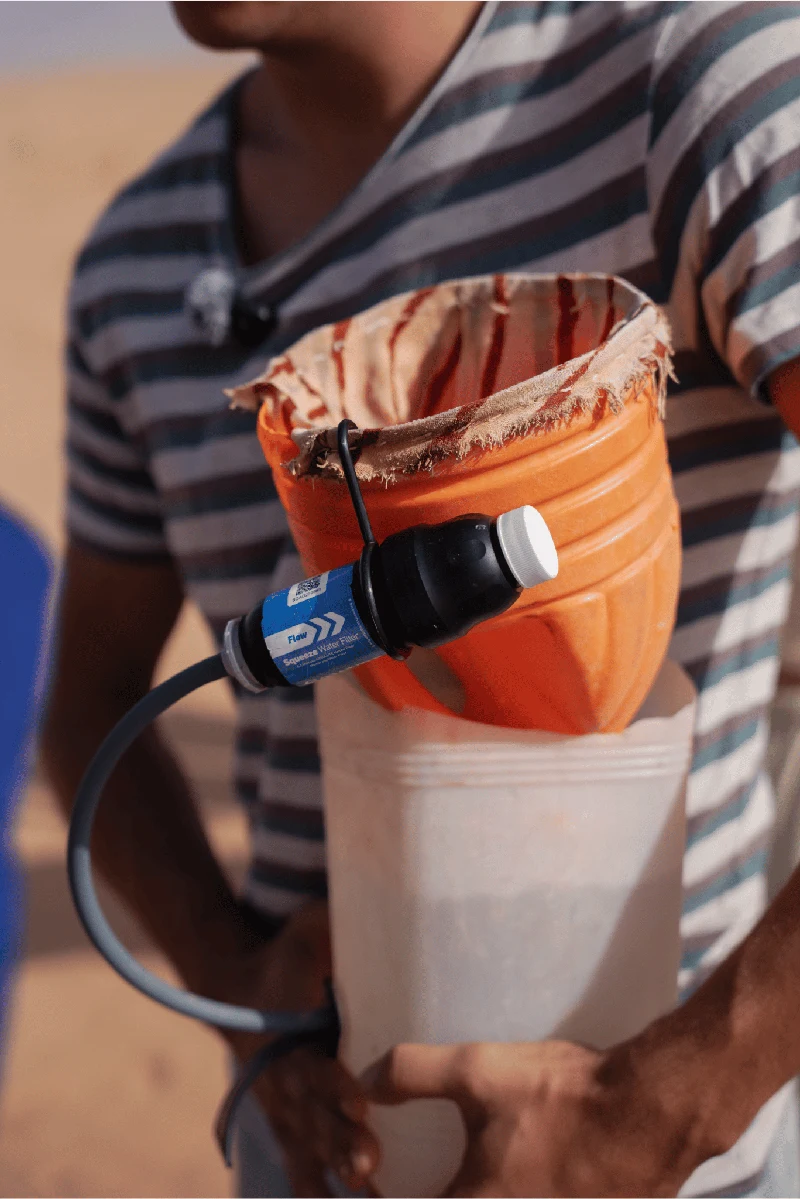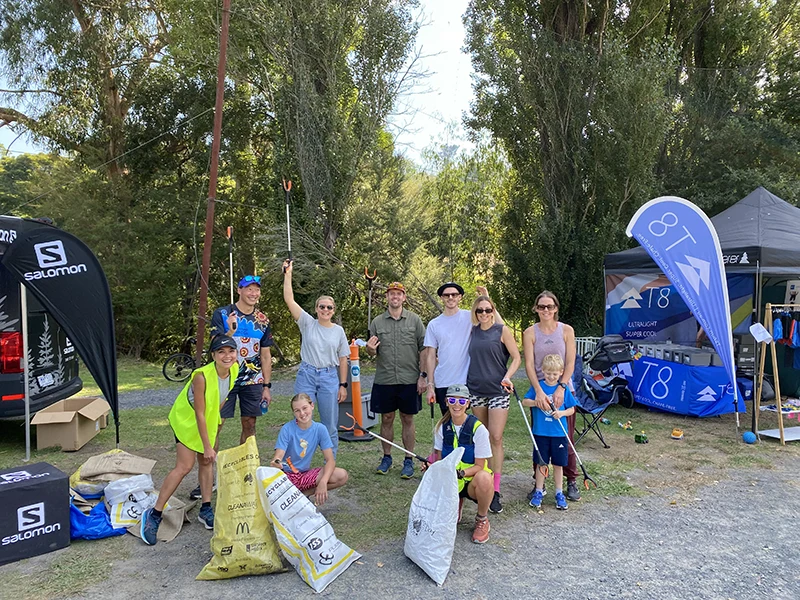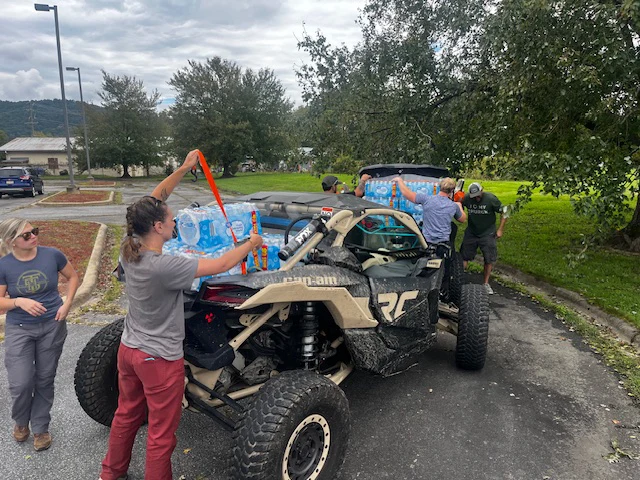


If you’ve ever ventured out into the woods or dared into the mountains, you’ve likely heard the phrase “Leave No Trace” (LNT).
At face value, it means exactly what it spells out - leave nature the way you found it, so that no trace of you remains. What does that entail? Well, it means packing all trash out with you (including toilet paper), not destroying or altering nature, not taking mementos from the (hopefully) great experience you had, defecating and excreting properly and in proper locations (I’m talking to you, people who enjoy pooping next to trickles, streams, and lakes), managing your dog(s) so they don’t disturb the wildlife, and much more. For some people, practicing LNT policies can be unintuitive, especially when they’re new to the outdoor scene.
Education is key to informing all manner of outdoor enthusiasts from the greenest of fresh hikers straight out of suburbia to the most grizzled thru-hikers.

There are 7 fundamental principles to the LNT concept which require knowledge, understanding, and even some essential skills:
- Be sure to plan, prepare, and know before you go
- Travel/camp only on durable and established surfaces
- Dispose of all waste, properly
- Leave what you find and take only pictures
- Be mindful and minimize campfire impacts
- Respect wildlife- the critters, big critters, and even the plants
- Be considerate of others (aka be a good person)
However, once someone is “in the know” about LNT practices, it takes a concerted moral effort to actually leave no trace.

Accidents happen. Children lose candy wrappers a parent will never see. Water bottles pop out of a side pocket and tumble downhill to oblivion. The occasional root trip will send you flying into overgrowth where you crush and break plants to bits. Dogs will see a squirrel and undoubtedly burst into barking fits, trying their best to make the tiny critter cower in fear.
A piece of toilet paper left under a rock in the middle of the woods may seem like a tiny infraction, but it’s about the mindset.

There’s a certain level of intent married to leaving no trace, a marriage that requires a morally conscious, concerted effort. Intention leads to focused action, which forms habits, and sets the foundation for a frame of mind.
Once the conscious decision has been made to take care of nature (leaving no trace) you’ll continue to practice it over time and establish best practices.
If you practice it, you’ll live it.

We have one planet that’s as much ours as we are its. To toss a big, newer phrase your way, look up what the “Anthropocene Epoch” is. To briefly cover it - humankind is changing our planet, implying we have the power to change it for better or for worse. We directly, and indirectly, influence its biome (the sum of all living things, including ourselves), and LNT plays a major role there. What a powerful thing to know!
Personally, I’ve had a bit of a learning curve when it comes to LNT.

I didn’t deep dive into longer backpacking trips until 2019, and I was as green as they come. Leaving no trace is not always easy or instinctual. Is it fun to pick up a protein bar wrapper in the soaked, muddy leaves when it’s raining, especially when it wasn’t you who left it there? Do I love seeing a Ziploc bag filled with my own soiled toilet paper in the side pocket of my backpack? Absolutely not.
It’s miserable sometimes, but nature cares not “who done it” and, despite being infinitely intricate in its mechanics, can’t remove that piece of plastic wrapper by itself. It takes centuries for some plastics to decompose, and even then, PFAS (chemical compounds) can persist in soils. But I love nature, this planet, and feel a true duty to protect it, so I learned to love LNT: trying my best to be a steward.
On my thru-hike of the Colorado Trail in 2023, I witnessed enormous quantities of trash on the trailside. Truly, loads of toilet paper. Where was it usually? It was within a mile or two walk of a trailhead that could be accessed by vehicle.

While it enraged me to see the trail, that I called home for 24 days, tarnished by people who didn’t know or care about preserving it, eventually I learned to step outside of my own angered self and see it from a different perspective.
The sheer number of individuals venturing into nature has drastically increased, especially since 2015, according to the National Parks Service. More new explorers heading out into the wilderness simply increases the opportunity for trash to be left. It’s a numbers game. That’s where education can play a vital role.

Allow me to present some LNT facts to chew on:
- Just 1 person trained in LNT goes on to educate 256 people in their lifetime.
- Someone trained in LNT is 5 times more likely to protect nature- knowledge is power.
- 9 out of 10 folks still need LNT skills and knowledge to make a bigger impact.
With social media being as influential as it is, it may just be the key to informing folks what and what not to do when heading outside.
I was raised on the principle that honey attracts more flies than vinegar, suggesting that kindness and understanding work far better than anger and resentment. I feel that sentiment will play an important role in the future of our planet’s conservation.

You’ve heard of the old adage that “knowledge is power.”
Well, there’s truth to that. Knowledge of how to keep nature and our trails clean gives you, me, and all of us the power to control our future. LNT practices may seem like common sense from the outside, but in practice require change in our daily lives. Understanding and developing the type of mindset it requires is an incalculably powerful tool in stewarding our planet.
If we love our wild outdoors and want to protect it, we will.

Learn more and sign up for free educational trainings that cover topics from the backcountry to the backyard through the Leave No Trace Center for Outdoor Ethics website.
Wanna meet the LNT team? Check out where and when they will be this year, here.
Happy stewarding!
From the Squad
Campfire conversations with our community, from Squad Members and Ambassadors to Brand Partners and the Sawyer team.

















